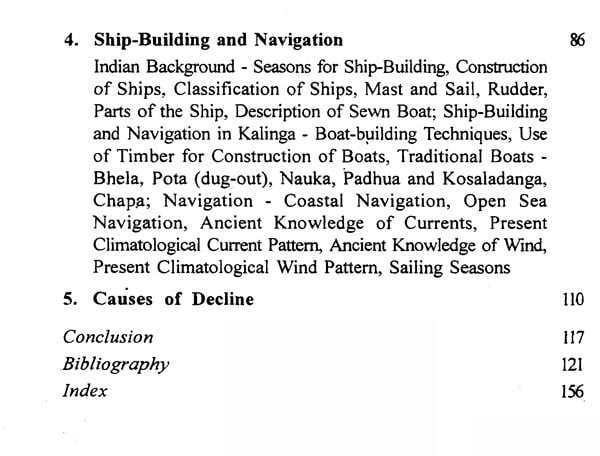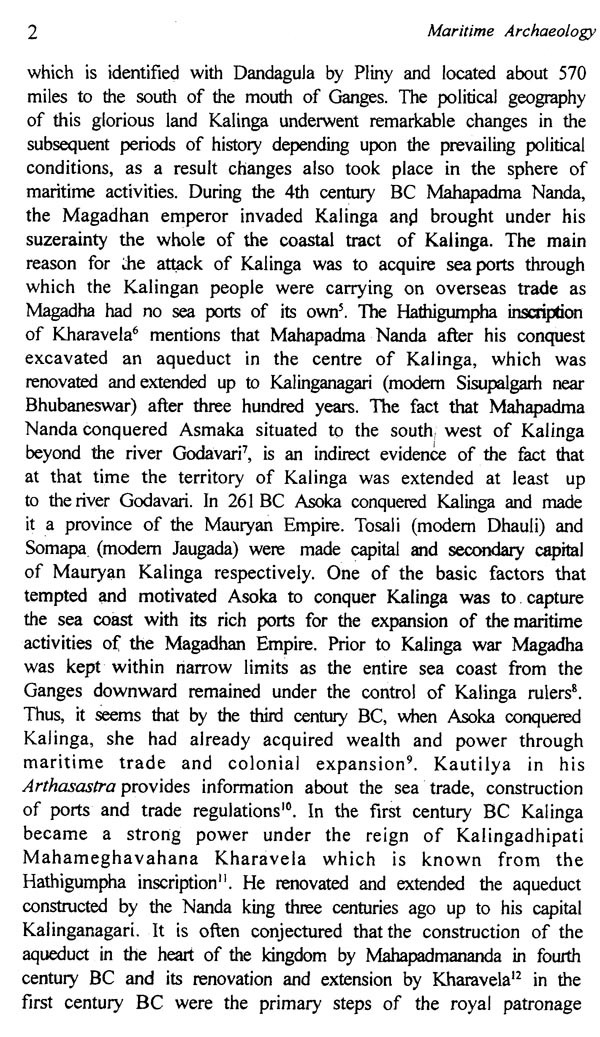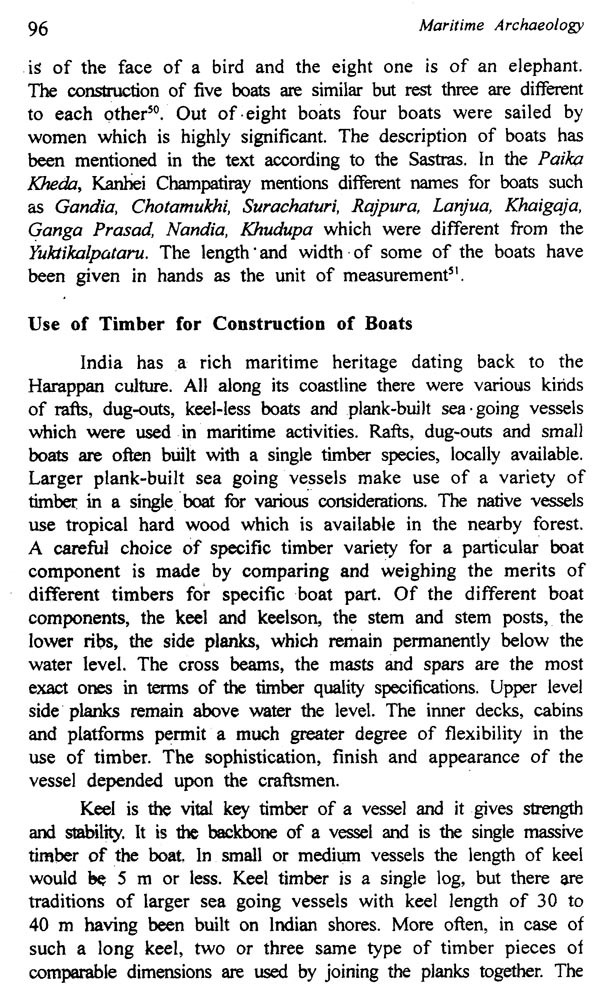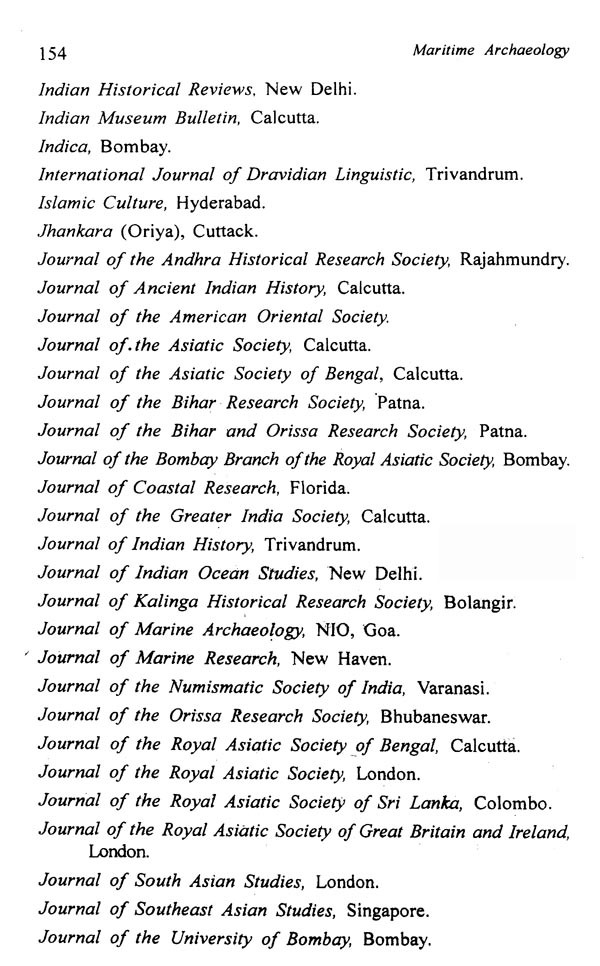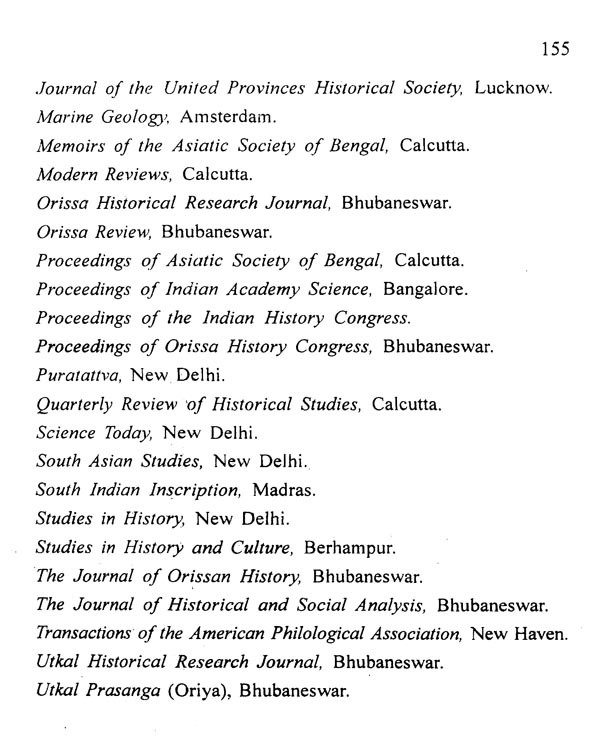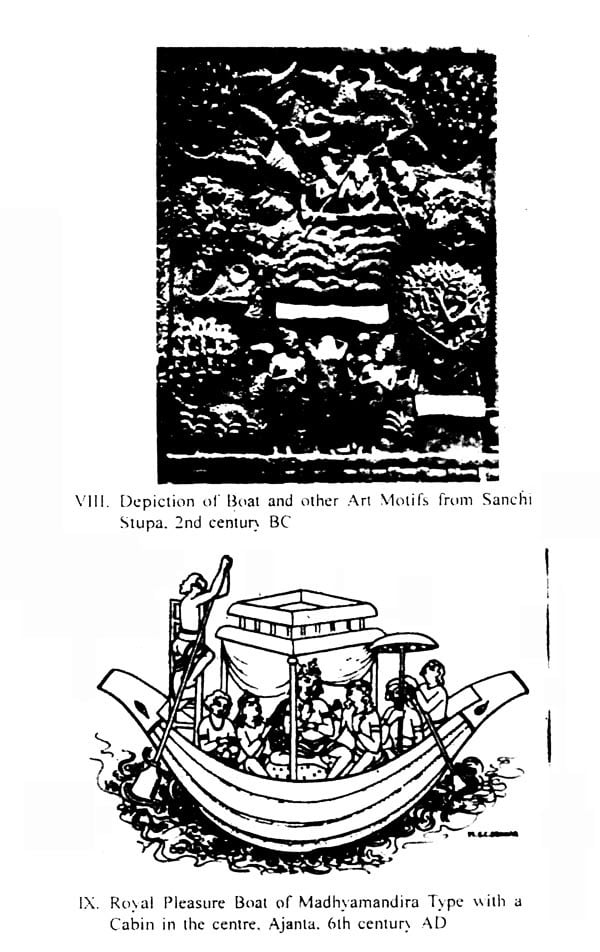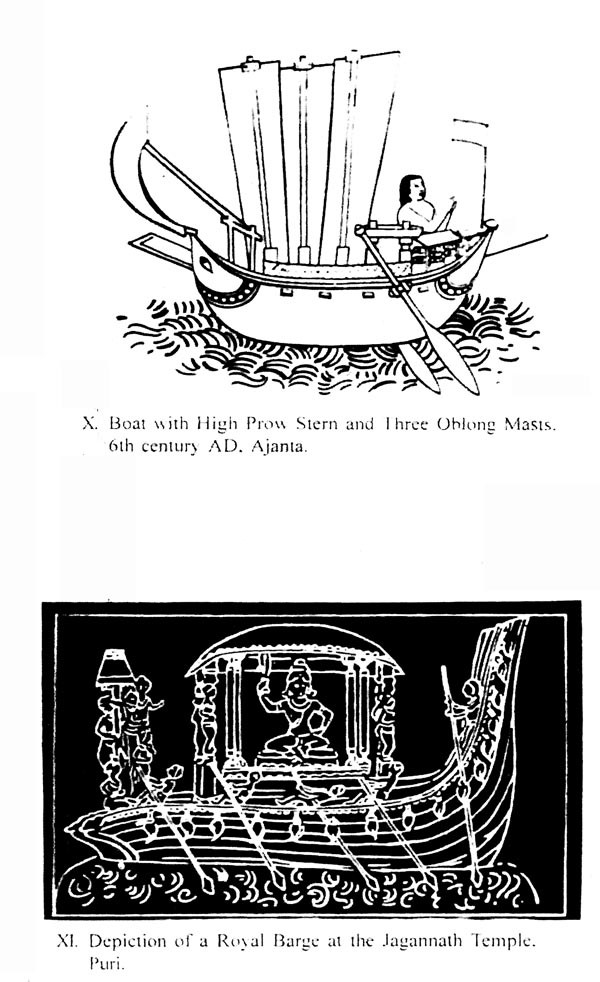About the Book The maritime activities of Kalinga are well known. The people of Kalinga were great seafarers and their expertise in the technology of ship-building the navigation is indeed astonishing. The book gives a comprehensive account of the rich maritime traditions of Kalinga. Besides describing its geographical location of port towns it deals with their political and cultural contacts with other overseas countries, trade and communication patterns, economic and currency trends for the last few centuries. The book also unearthed some unknown ports and trade centre of Kalinga. It also focuses on how the natural factors are responsible for the decline of certain ports and trade centres and at the same time emphasizes on the emergence of new ports and trade centres.
There was no decline of trade. It is held that trade was basically and exclusively a private enterprise orgainsed by the merchants and mercantile guilds throughout the period and hence fluctuating political fortunes of the ruling families of Kalinga did not necessarily affect in the progress and retardation of the maritime activities of its people. Although inheritors of ancient seafarers changed their profession over the time due to decline in trade contacts yet the traditions are being maintained in the region in form of cultural festivals.
About the Author The author is an active researcher at the Marine Archacology Centre of National Institute of Oceanography. Goa, a constituent laboratory of CSIR. He has published extensively in national and international journals on several aspects of the marine archacology of India.
Foreword Peninsular India has a long coast line on the west, south and east, bordering the Arabian sea, the Indian Ocean and the Bay of Bengal. In the Vedic literature there are references vague and scanty. to the sea voyages of which Bhujyu's the son of Tugra's military expedition by sea and his rescue by Asvins, the gods, is in the recent years highlighted. The Harappans trade in all probability with West Asia, was by sea route as well. Dwarka, as the Bhagavata narrates. was built in the sea at the instance of Sri Krishna that later was said to have been submerged. The long distance vast Roman trade over centuries from about 1st century onwards over at least five centuries with South India, Southeast Asian Islands is too well known from the literary sources. From sometimes before the beginning to the Christian era people from Eastern and South India migrated to Sri Lanka, and Southeast Asian islands as religious missionaries. political and commercial entrepreneurs to make fortune probably by sea. And there were many sea ports along the coast at least from Broach (ancient Bharukachha) in Gujarat to Tamluk (Tamralipti) in West Bengal known from the indigenous and foreign accounts. Thus all these substantially indicate the significant role the coastal ports and the sea routes played in the cultural history of our country almost uninterruptedly.
Preface Of late, scholars working in the fields of History, Economics, Geography, Archaeology and Maritime Archaeology have shown interest in the studies on ports and their maritime importance which goes a long way to establish emphatically that India had a hectic and intimate contact with other flourishing empires/regions of the world. The present work is devoted to the study of ancient Kalingan maritime activities which centred around a good number of flourishing ports.
As a matter of fact such a study presupposes a brief general discussion at the outset. Right from the prehistoric times, India has been approachable by sea from West, South and Southeast and the Southern peninsula had a natural inclination for seafaring activity. The Vedic literature refers to the boats, ships and sea voyages. The Rig Veda refers to Varuna, the Lord of the sea. It is learnt that the Vedic people were knowledgeable about the ocean and use of ships and boats. It also mentions merchants plying ships to foreign countries in quest of wealth. The Rig Veda states that the merchants knew no bounds, not even the ocean, and that they went everywhere in search of wealth. There is also a passage which gives a graphic account of a naval expedition undertaken by one Bhujyu, the son of King Tugra. Further this prayer in the Rig Veda is self-explanatory, "O Lord, take us in a ship across the ocean for our well-being".
**Contents and Sample Pages**


